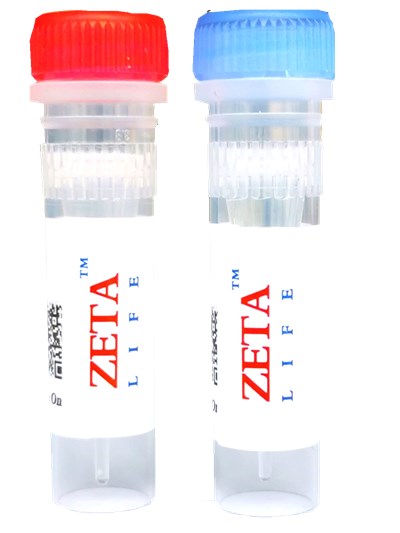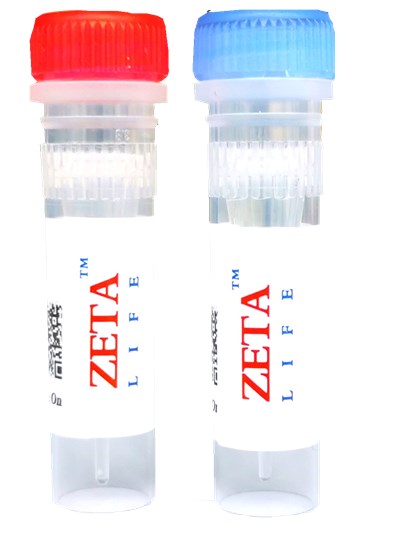

Overview
DiR cell membrane near-infrared fluorescent dye
Product Numbers: DR-05, DR-10; Specification: 5mg, 10mg
Storage conditions: Store at -20 ℃ in dark place, valid for one year. .
λEx / λ Em (MeOH) = 748/780 nm
Molecular formula: C63H101IN2
Molecular weight: 1013.4
product description
DiR is a lipophilic, near infrared fluorescent cyanine dye. This dye is often used to label the plasma membrane
of cells. The two 18-carbon chains of DiR are inserted into the cell membrane to perform specific, stable cell
staining, and almost no dye transfer between cells occurs.
DiR (near infrared fluorescence) is used in conjunction with other cell membrane fluorescent dyes such as DiI
(orange fluorescence), DiO (green fluorescence), and DiD (red fluorescence) to provide effective tools for
multicolor imaging and flow cytometry analysis.
After DiR staining, paraformaldehyde can be fixed (do not use other reagents such as methanol), but it is not
recommended to permeabilize after staining. In addition, after fixing permeabilization (permeabilization with
0.1% TritonX-100 at room temperature), the plasma membrane can also be stained well.
Properties
Instructions
1. Preparation of DiR cell membrane staining solution
(1) Configure DMSO or EtOH storage solution: Use DMSO or EtOH for the storage solution to prepare a
concentration of 1 to 5 mM.
Note: Store unused storage solution at -20 oC to avoid repeated freezing and thawing.
(2) Preparation of working solution: dilute the storage solution with a suitable buffer (such as serum-free
medium, HBSS or PBS), and prepare a concentration of 1 ~
5 μM working fluid.
Note: The final concentration of the working solution is prepared according to the experience of different
cells and experiments. You can find the best conditions from more than ten times the recommended
concentration.
2. Staining of suspended cells
(1) Add 1 × 106 / mL cell density to the working solution.
(2) The cells are cultured at 37 ℃ for 2-20 minutes, and the optimal culture time for different cells is different.
(3) Centrifuge the test tube of stained cells at 1000-1500 rpm for 5 minutes.
(4) Pour the supernatant and slowly add the pre-warmed culture medium at 37 ° C again.
(5) Repeat steps (3) and (4) more than twice.
3. Staining of adherent cells
(1) Culture the adherent cells in a sterile laboratory.
(2) Remove the coverslip from the medium, aspirate excess culture fluid, and place the coverslip in a humid
environment.
(3) Add 100 μL of dye working solution to the corner of the coverslip and shake gently to make the dye
evenly cover all cells.
(4) Incubate the cells at 37 ℃ for 2 to 20 minutes, and the optimal culture time for different cells is different.
(5) Absorb the dye working solution, wash the coverslip with the culture solution 2 to 3 times, cover all the
cells with the pre-warmed medium each time, incubate for 5 to 10 minutes, and then absorb the medium.
4. Detection by flow cytometry
DiD, DiO, DiI, DiR and DiS stained cells can be detected by the classic FL1, FL2, FL3 and FL4 flow cytometers,
respectively.
For scientific research use only
Background


